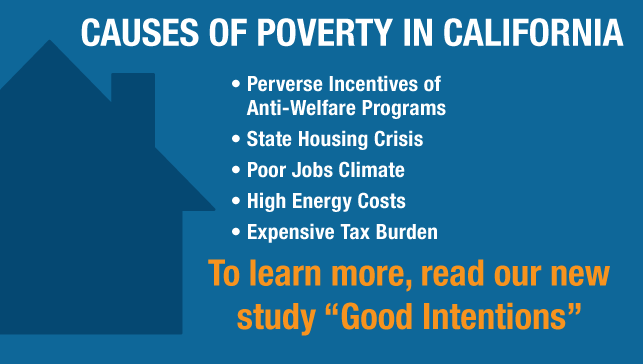California’s “bullet” train to nowhere keeps going — nowhere. Unless tearing down a bridge just to rebuild it is somewhere.
Construction of an overpass near Fresno was scrapped late last year—yes, we’re learning about this just now because it was done “quietly”—because, according to the California High-Speed Rail Authority, it failed to meet the “level of quality for a work product” and showed “signs of distress.”
Quite clearly, the entire project is showing signs of distress.
The Los Angeles Times reported earlier this month that rail officials told the contractor, which “had completed part of a tall highway bridge” in Madera County, “to tear down the construction” and “start over.”
Bridges go up, they come down, they go back up again. It’s a lot like the high-speed rail’s price tag. It began at $33 billion, eventually hitting an astronomical $117 billion, then settling in this year at a top-end projection of $98 billion, which is subject to change because the cost has been consistently shifting since voters approved the project a decade ago. This latest setback will likely require another revision.
Cost is just part of the story. California’s “bullet” train is also running far behind schedule. Voters were told it would be operational by 2030. But multiple interruptions have delayed the in-service date by three to four years. Even though roughly $3 billion has been spent on the project, officials need to seriously consider shutting it down. Let the voters, who approved a $10 billion bond for the train in 2008, make the next move, and count the $3 billion forever lost if voters reject the train. Given a second chance, it’s likely they will politely decline. A recent poll found that only 31 percent want the project to continue.
It would be a stunning defeat for Gov. Jerry Brown, who staked his legacy on a dream that’s become a millstone. Brown has publicly acknowledged his affection for trains, but he would have been wise to curb his personal fancies and instead backed a more reliable horse. The better choice would have been a hyperloop, a dynamic transportation system in which pods resembling railroad cars move smoothly through airtight steel tubes.
“Ultimately,” Ryan Bradley wrote two years ago in MIT Technology Review, passenger-carrying compartments “will scream through the center of such a tube at 700 miles per hour on a cushion of air — a way to get from A to B faster and more efficiently than planes or trains.”
Comparatively speaking, the hyperloop is a slashing Thoroughbred, the high-speed rail a stumbling old nag. Bradley said that Elon Musk, founder of Space-X, co-founder of Tesla, and CEO of both, has “talked of trips from San Francisco to Los Angeles in 35 minutes, with off ramps at each end loading and unloading pods with 28 seats every two minutes.” Meanwhile, a high-speed rail trip between the two cities might be a 4:40 grind.
The hyperloop is not a science fiction writer’s fantasy, but an idea that’s been around for a couple of centuries. Pneumatic tubes that could carry passengers were built in some Europe cities in the mid-19th century, and the first subway line in New York City, opened in 1870, was the Beach Pneumatic Transit system. Yet few have taken advantage of the design’s great promise.
The trend seems to be swinging back to the future, however. Musk’s Boring Company was contracted on June 13 to build a modified version of a hyperloop in Chicago for short trips between O’Hare International Airport and downtown. Expected ride time is just 12 minutes.
Elsewhere, “firms are taking preliminary steps to set up hyperloop routes in the U.S. and abroad,” NBC News reported in March, with progress “happening far faster than I would have ever expected . . . all over the world,” according to David Goldsmith, a Virginia Tech transportation researcher.
The choice between continuing to pour taxpayers’ dollars into the high-speed train boondoggle or opting for a hyperloop system is really no choice at all. A hyperloop offers shorter ride times, lower fares, more frequent departures and arrivals, and—there’s no way to understate the importance of this—lower costs. California’s high-speed rail could easily exceed $98 billion, while two one-way hyperloop tubes and 40 passenger-only pods linking Los Angeles and San Francisco might cost less than $6 billion, according to Musk’s 2013 whitepaper. Hyperloop Transportation Technologies of Culver City has since said the price tag would be closer to $16 billion.
Either way, and even better, the hyperloop would be built with private investments. That alone makes it the better option.


